Hauts-de-France is the northernmost region of France, an area blessed with hidden gastronomic treasures. It is the most convenient area of France to reach from the UK. The most scenic route is by ferry crossing with the likes of DFDS. You can admire the iconic white cliffs of Dover. They offer links from both Dover to Calais and Dover to Dunkirk. The great news is if you ever encounter strikes at one of the ports, the other is guaranteed to be open.
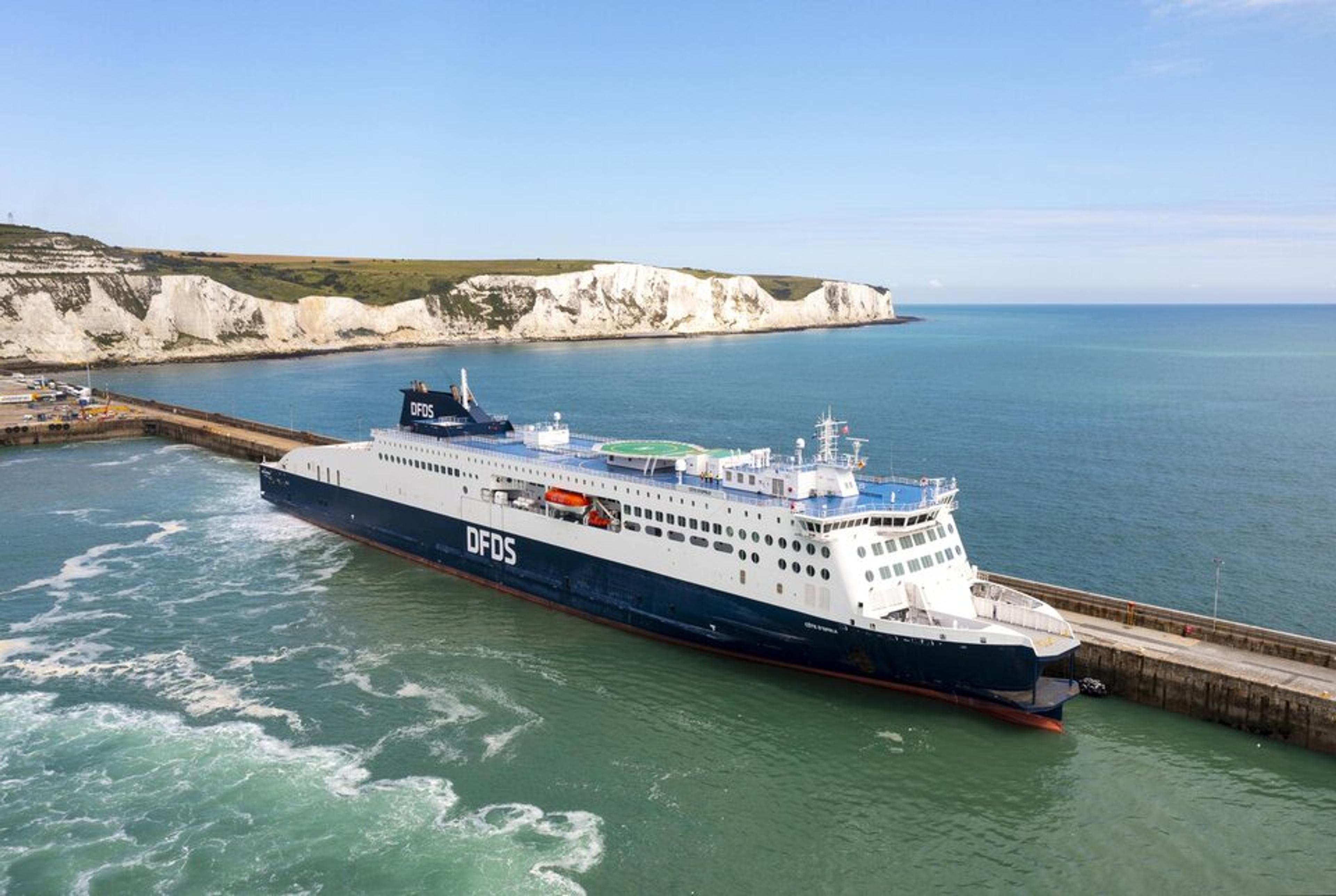
The crossing takes just 2 hours. They offer fantastic duty-free opportunities. There are no baggage restrictions and they have up to 24 daily crossings. If you upgrade to the premium lounge experience, you get a glass of complimentary bubbles on arrival as well as light sandwiches and snacks.
Your first port of call (after Dunkirk) should be the gastronomic nirvana that is Château de Beaulieu. It is the brainchild of Two-Michelin starred chef, Christophe Dufossé. A stay at the château is more than just their exquisite tasting menus. You can visit their farm and see the vast array of vegetables and fruits they grow from the iconic black garlic of the region to apple orchards that supply your breakfast juices.
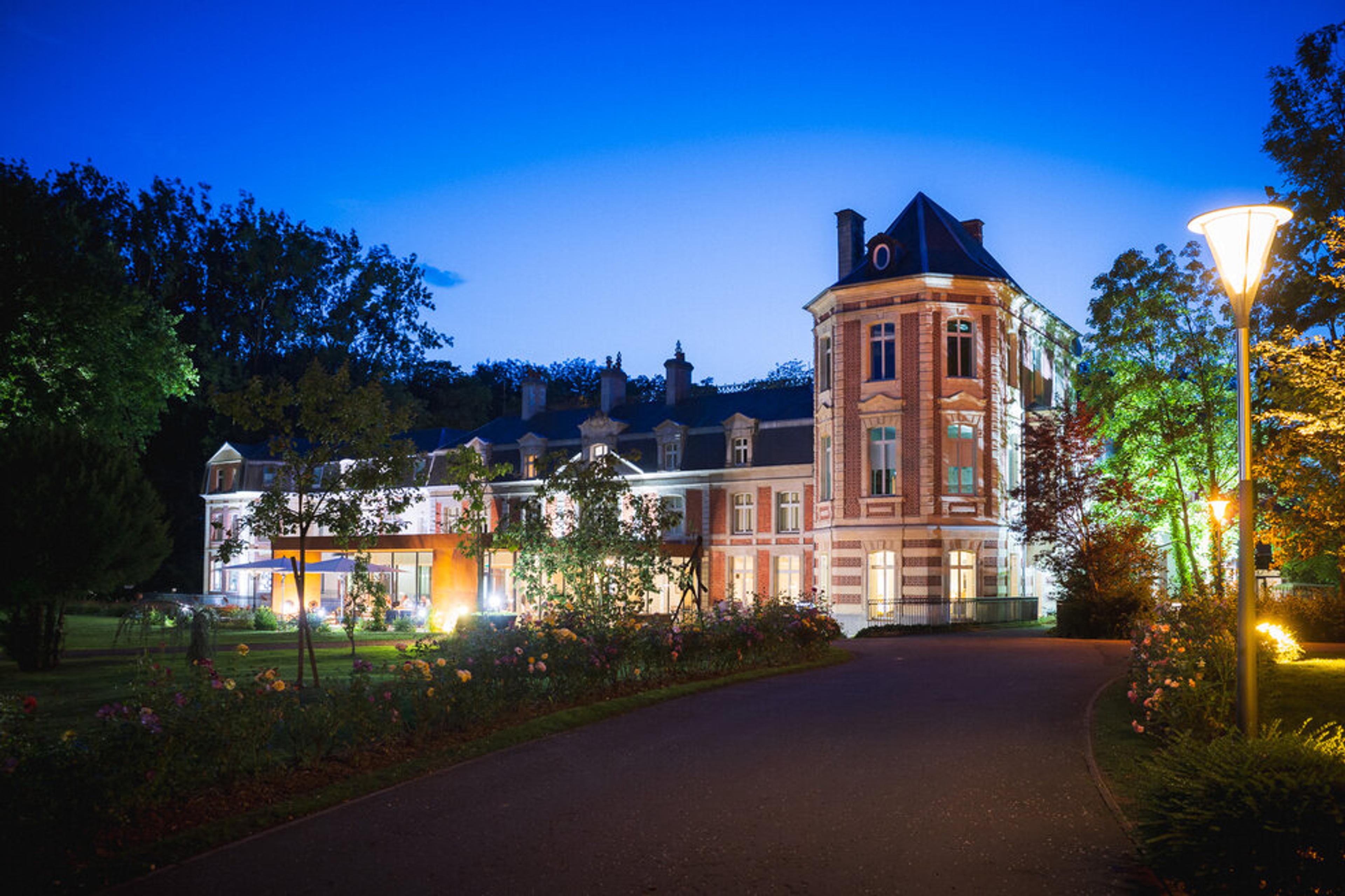
Photo courtesy of Catherine Barrier
A morning visit to their bakery will get your stomach juices flowing as you see the buttery treats created in front of your eyes. They have a small farmhouse filled with rescued animals from donkeys to chickens to a very gluttonous pig called Boris. You might spot very artistic photos of these animals dotted throughout the hotel taken by the wife of Christophe Dufossé, who is an avid photographer.
If you speak with the concierge team, they might be able to arrange a visit to a local farm which supplies the lamb to the restaurant. The Boulonnaise sheep is a hardy breed known for its tender pink meat and intense flavours.
The tasting menu at Château de Beaulieu is a showstopping extravaganza. Provenance is vital to Christophe, on the menu, you will find every producer and supplier listed. It is no surprise, that they’ve been awarded a green Michelin star too.
Dishes have a decadent slant from luscious foie gras to an umami-rich handpicked crabmeat topped with caviar. If you want the ultimate dining experience, book the chef’s table, where you pick the freshest market ingredients and the chefs cook based on your discerning choices.
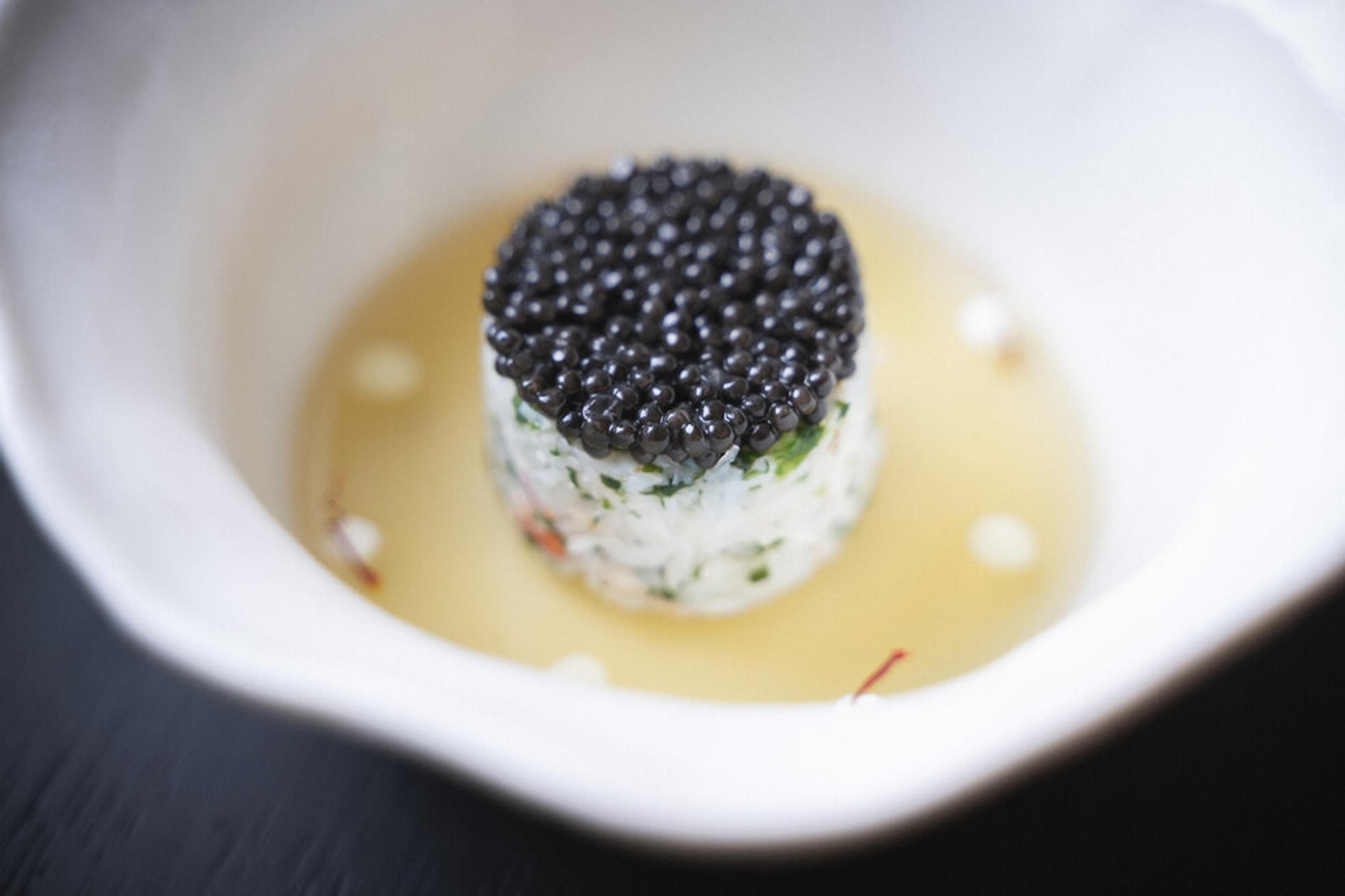
Photo courtesy of Catherine Barrier
For more casual fare, there is the Côté Jardin brasserie with the eye-catching wood-fired outdoor barbecue area. They serve farmhouse pork chops from the local area accompanied by a homemade barbecue sauce.
Another Michelin-starred restaurant with fine accommodation to consider is One-Michelin starred, La liégeoise and Hotel Atlantic. It is based in the attractive seaside town of Wimereux. Here you can catch the most captivating of sunsets whilst admiring locals frolic on their compelling, sandy beach.
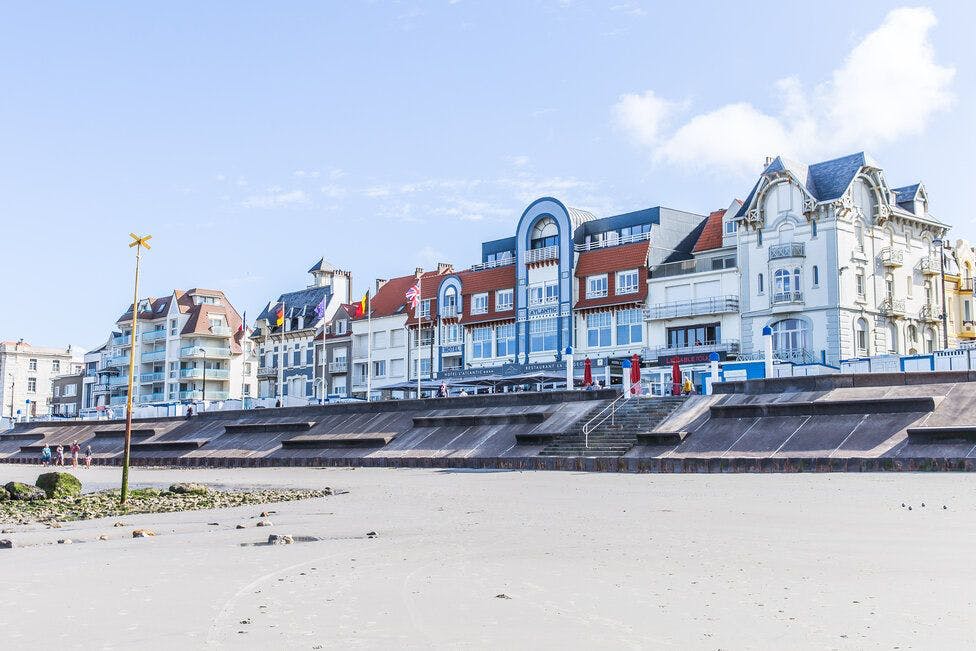
Photo courtesy of Sophie Stalnikiewicz
Whereas in British seaside towns, you might be thinking of fish and chips; here it is haute seafood. Dishes they serve include a quinoa risotto with razor clams, champignon and a charred until crispy royal sea bream.
There is an embarrassment of riches in terms of local food and drink producers to visit. You can visit Clairmarais beer brewery to sample abbey-style beers. Their beers are refreshingly light compared to their Belgian counterparts nearby. Although little remains of Clairmarais Abbey, you can still see the superb farm, which mostly dates back to the 17th century.
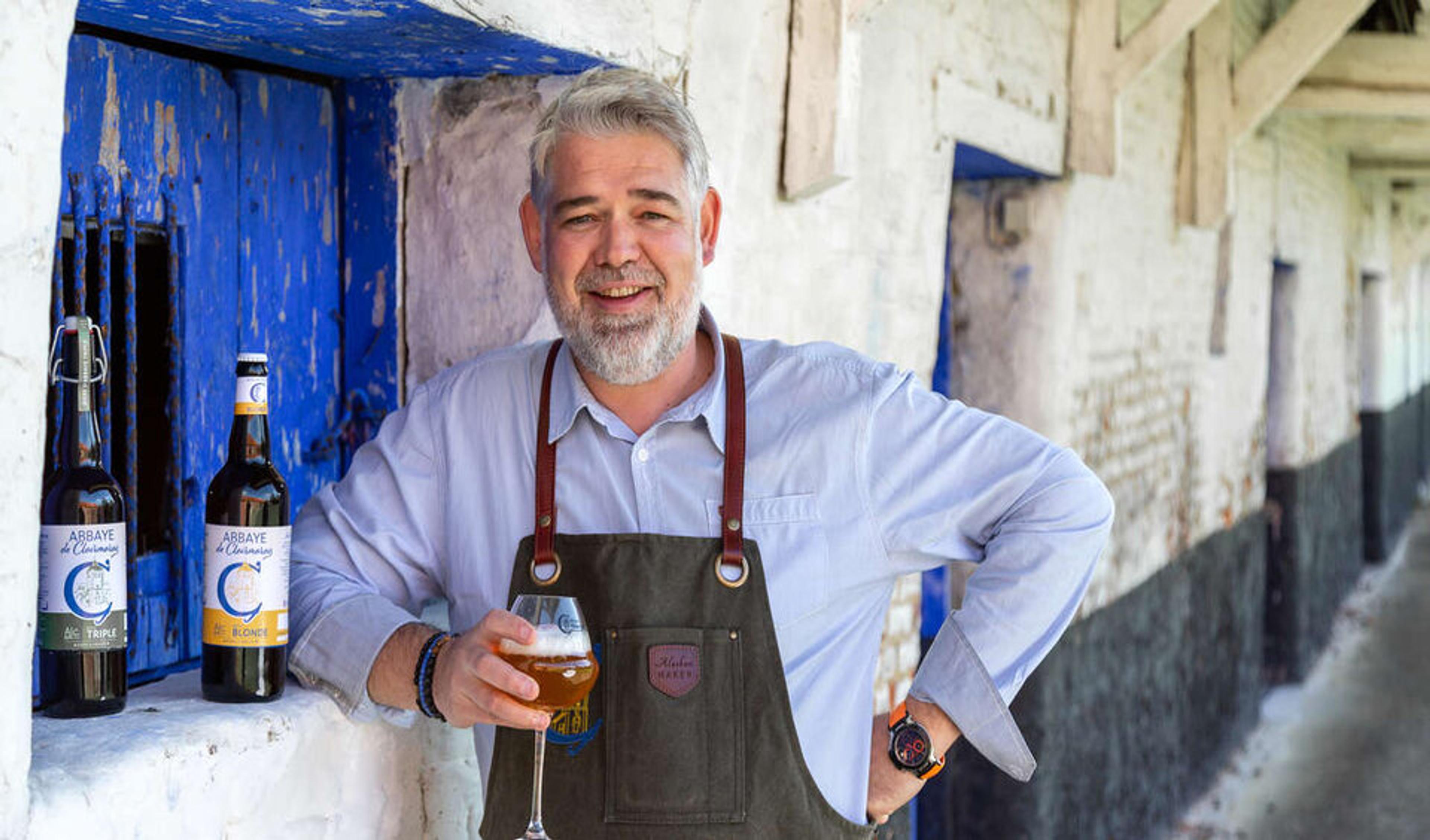
If you are a fan of Genièvre, you can visit Houlle distillery. It was founded in 1812 and is still run by the same family. There is a quaint, antique charm to the rustic nature of the distillery. They’ve been winning countless gin awards throughout the last few years. Although you’ll learn even though it is a juniper-flavoured traditional liquor, the taste can vary across the spectrum of gin to a whisky.
Cheese lovers should head to Les Freres Bernard. Apart from having a wide selection of local, artisan cheeses, you can visit their factory to see the production process. The recommended times to visit are Monday-Friday in the mornings. Provenance is also a key part of their process and you can see where their local cows come from.
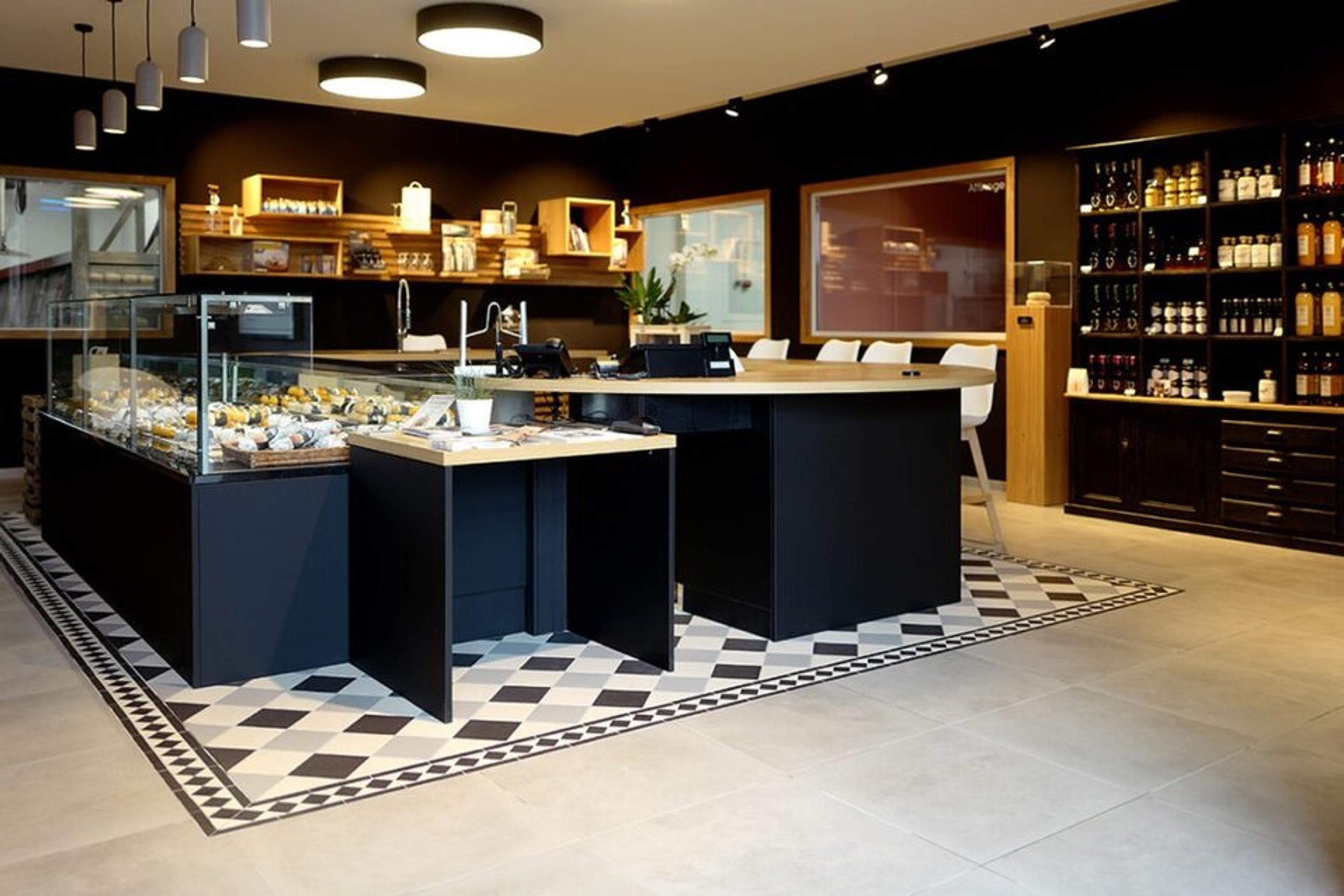
They will be more than delighted to let you sample their offerings. The one to consider buying is the local speciality, Mimolette. It is a sharp but not overly powerful cheese with rich fruity and nutty notes. The cheese is famously banned in the US because of the presence of cheese mites.
There are numerous activities in the region which will appeal to the young and the not-so-young. A canal tour with Les Faiseurs de Bateaux along the Audomarois marshes is a must.
It is a UNESCO Biosphere reserve. They have over 200 bird species, 13 bat species, 29 fish species and close to 400 plant varieties. The incredibly rich soil has meant locals have been cultivating in the area since the Middle Ages. Garlic, onions and hemp were the most popular crops.
A canal cruise can include a meal on board and a workshop, where you visit a shipyard of the last boat makers in the Audomarois marsh before boarding a bacôve.
Finally, before sailing back to the UK, you must make time to visit the Calais Dragon. The mechanical creation is a fire-breathing, water-spouting dragon machine. It was created by the theatre company La Machine in Nantes.
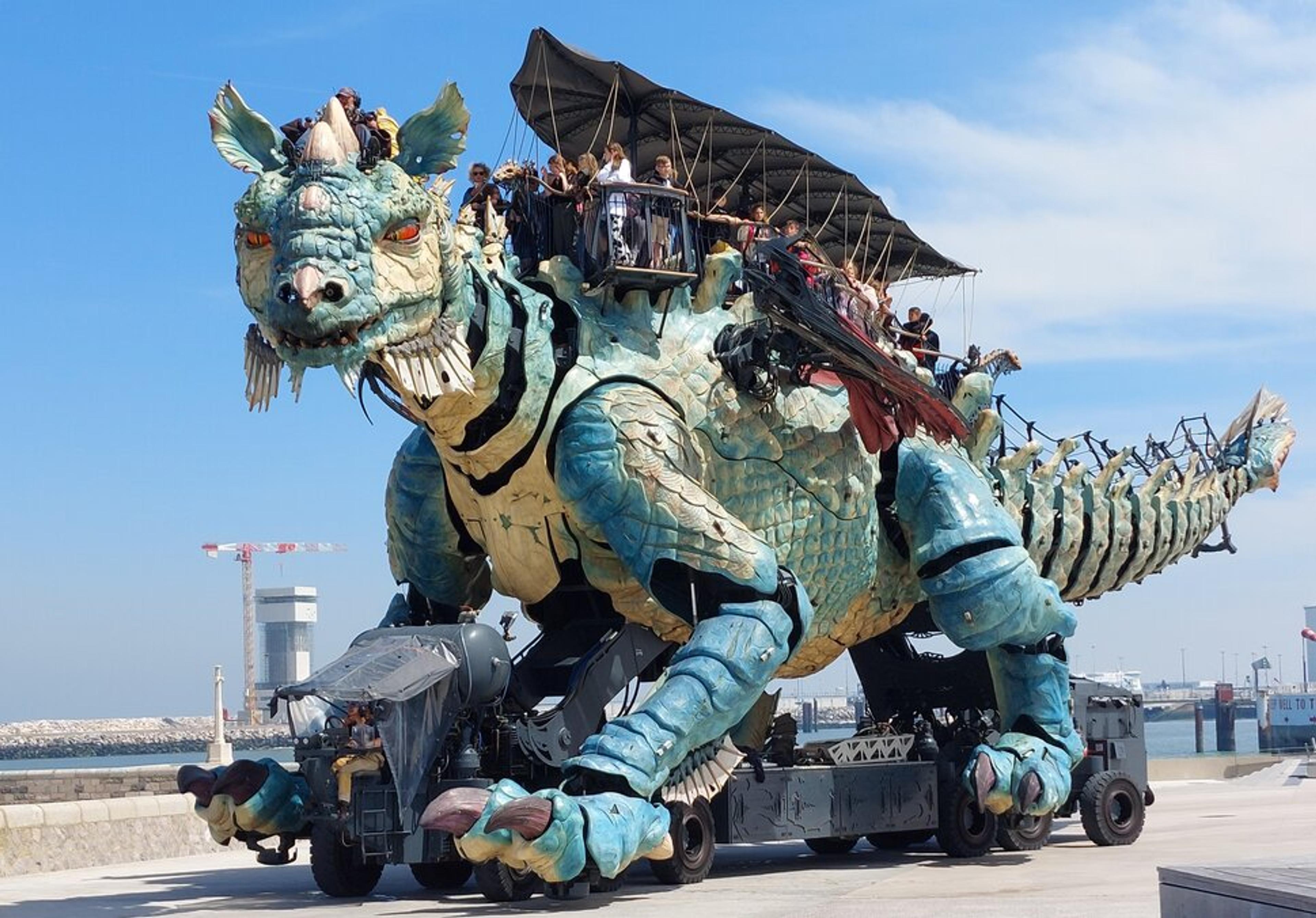
Photo courtesy of Marion Harmel
It is handled by at least 5 machinists and you can ride on top of the dragon for a 47-minute ride through the waterfront of Calais. There are other creatures in the design phase which will accompany the dragon in the future.
You can also enjoy lunch at the Dragon Shed with suitably themed burgers and mocktails to accompany your experience.
If you are looking for a short gastronomic break away from the UK, why would you not consider Pas-de-Calais? It is extremely easy to get to by ferry with the likes of DFDS.
For more information on the region, please visit –
www.visit-pas-de-calais.com

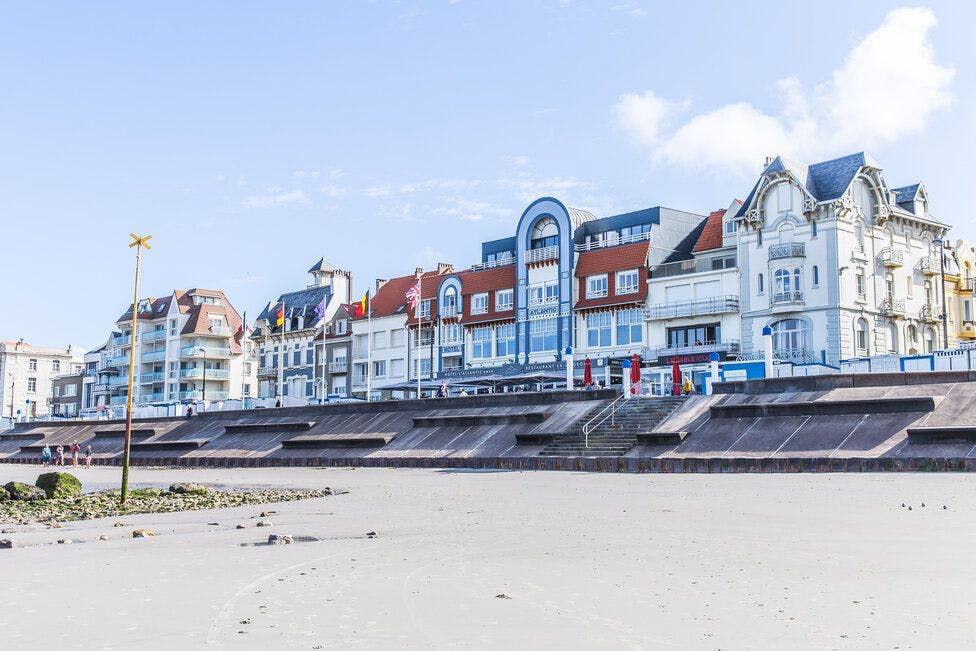
Comments are closed.